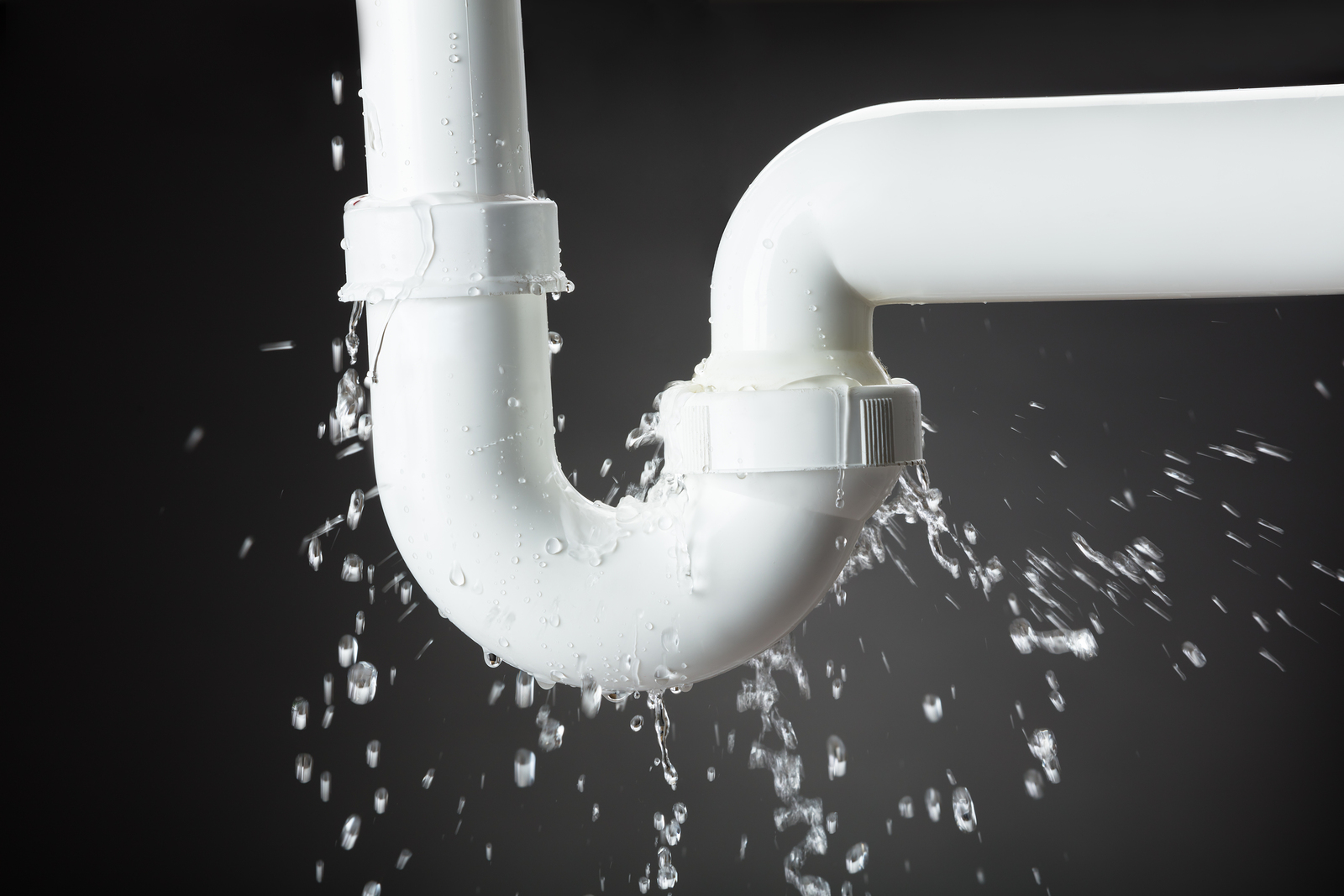What to Do When a Burst Pipe Causes Water Damage in Your Home
What to Do When a Burst Pipe Causes Water Damage in Your Home
Blog Article
Protecting Against Burst Pipes: Necessary Tips to Shield Your Pipes
Protecting against burst pipes is an essential issue for home owners, especially during chillier months when the danger of cold is increased. Applying calculated procedures such as proper insulation, regular inspections, and keeping constant indoor temperatures can considerably lower the probability of pipeline failure.
Understand Pipe Vulnerabilities
Recognizing pipe vulnerabilities is important for efficient pipes maintenance and preventing expensive damage. Several aspects add to the susceptibility of pipelines to bursts, consisting of product composition, age, and environmental conditions. Older pipelines, specifically those made from galvanized steel or polybutylene, typically degrade gradually, bring about raised risk of leakages and ruptures.
Temperature level fluctuations can also substantially influence pipe honesty. In chillier environments, water trapped in pipes can ice up, increasing and applying stress on the pipe wall surfaces, which may eventually bring about a burst. High water stress can strain pipes, especially at joints and bends, heightening the likelihood of failure.

Insulate Piping Effectively
Proper insulation of pipelines is essential for protecting against freezing and subsequent bursts throughout winter (burst pipe). Shielding your plumbing system properly safeguards versus temperature goes down that can cause costly damages. Begin by identifying vulnerable areas where pipelines are subjected to outside temperatures, such as cellars, attics, and outside walls
Usage foam pipeline insulation sleeves or cover insulation tape around these locations to offer a safety obstacle. Make certain that all areas of the pipes, specifically those with restricted warmth exposure, receive appropriate insulation. Pay special focus to installations and joints, as these are much more at risk to freezing.
When protecting, it's necessary to choose materials that meet neighborhood building ordinance and are ideal for the specific setting. Fiberglass insulation is frequently recommended for its thermal resistance residential properties. Additionally, consider making use of heat wires or tape in extreme conditions, which can be connected in to supply additional warmth
Routinely evaluate protected pipes for any kind of indicators of wear or damage, as compromised insulation can decrease its performance. By taking these aggressive procedures, you significantly lower the danger of pipeline bursts, guaranteeing a reliable pipes system throughout the winter season.
Maintain Regular Temperature Level
A secure interior temperature is necessary for stopping ruptured pipes during the frigid months. When temperature levels decline, water within pipelines can ice up, developing and expanding stress that may inevitably cause the pipelines to burst. To alleviate this danger, property owners must keep a consistent temperature level throughout their space, ideally no reduced than 55 ° F(13 ° C)Utilizing a programmable thermostat can assist take care of interior temperatures successfully, ensuring that spaces with pipes remain cozy also when the house is unoccupied. Pay unique focus to areas that are more vulnerable to cold, such as attics, garages, and cellars. Maintaining cabinet doors open under sinks can also enable warmer air from the home to distribute around pipes.
This small flow of water can stop freezing by alleviating pressure within the pipes. By carrying out these methods, home owners can considerably reduce the threat of pipe ruptureds official statement and guard their pipes systems against the extreme winter aspects.
Consistently Evaluate Plumbing
Regular examinations of plumbing systems are crucial for protecting against ruptured pipes and preserving general home integrity. Throughout these examinations, it is crucial to take a look at noticeable pipelines for indications of corrosion, leakages, or use.
In addition, inspecting links and joints is vital, as these factors are frequently susceptible to leaks. House owners should likewise analyze water pressure degrees, as excessive pressure can strain the pipes system and increase the threat of pipe ruptureds.
Think about organizing expert plumbing assessments at the very least Recommended Site when a year, specifically prior to winter, to ensure your system is prepared for cooler temperatures. By being positive in your method, you can secure your home against the disruptive and pricey consequences of ruptured pipelines.
Know Emergency Situation Procedures
Recognizing emergency situation procedures is important for every house owner, particularly after carrying out regular plumbing assessments. Being prepared for a plumbing emergency situation can substantially minimize damage and conserve prices.
Following, maintain essential tools convenient. A plumbing emergency package should consist of a wrench, bettor, and towels, in addition to a flashlight and a pail for you can try this out little leaks. In addition, think about having the contact information for a trusted plumbing easily available, should the scenario rise beyond your control.
If you identify a leakage or burst pipe, instantly turn off the water supply and notify your plumbing technician. Additionally, document the damage with photos for insurance coverage objectives. burst pipe. Be mindful of the indications of potential plumbing concerns, such as uncommon water stress variations or damp spots on wall surfaces
Eventually, aggressive knowledge and swift activity are crucial in managing pipes emergency situations, guaranteeing your home continues to be safeguarded and decreasing possible damages.

Conclusion
In final thought, protecting against ruptured pipelines demands a complex approach that consists of understanding pipeline vulnerabilities, appropriate insulation, keeping consistent interior temperature levels, routine examinations, and knowledge of emergency situation procedures. By executing these essential methods, the risk of pipes failures can be substantially reduced, therefore ensuring the durability and efficiency of the pipes system. Positive procedures not only safeguard versus prospective damage but likewise add to total water conservation and the protection of property.
In colder environments, water trapped in pipelines can ice up, increasing and exerting pressure on the pipeline walls, which might ultimately lead to a burst. When temperatures decline, water within pipelines can ice up, creating and expanding stress that may ultimately create the pipelines to burst. By carrying out these approaches, house owners can dramatically decrease the danger of pipeline bursts and protect their plumbing systems against the harsh winter season elements.

Report this page